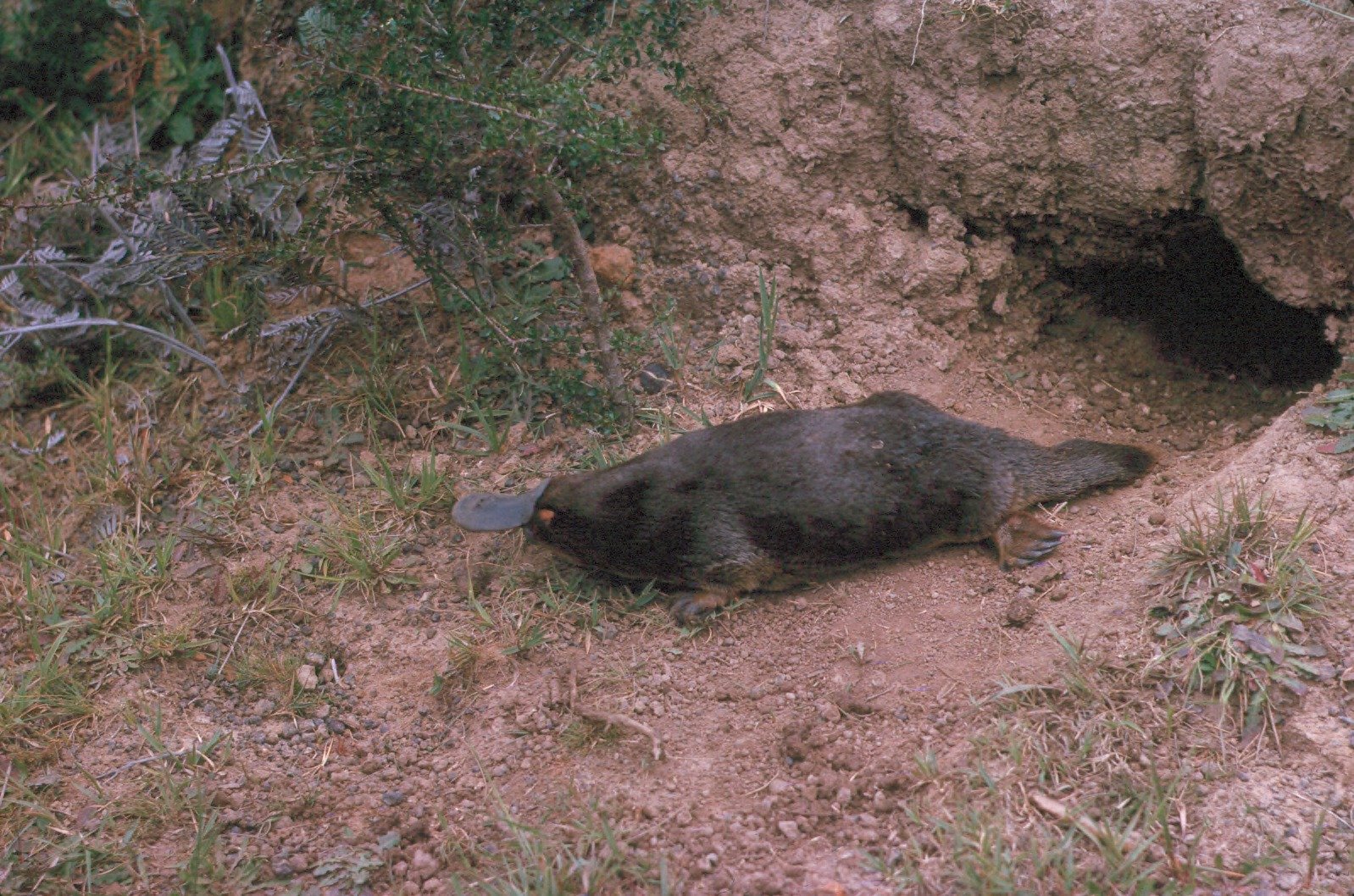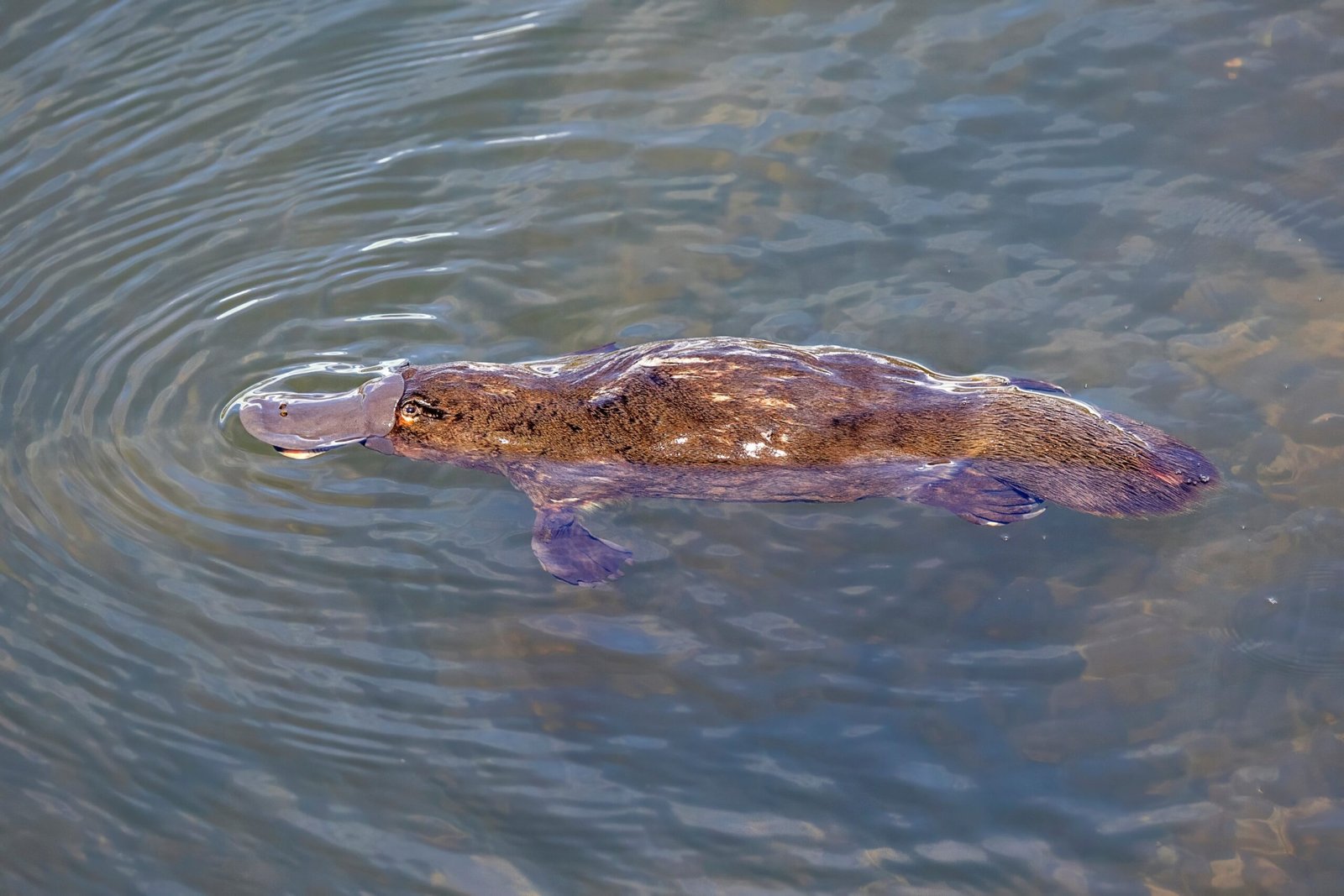Imagine an animal so baffling that the world’s best scientists once thought it was a hoax. A beast with the bill of a duck, the tail of a beaver, the fur of an otter, and the feet of a frog. Now add venom, eggs, and underwater electro-sensing into the mix, and you have the platypus—a creature that tears up the rulebook of biology and throws it in the river. This oddball from Australia isn’t just another quirky animal; it’s a living, breathing mystery that forced scientists to question everything they knew about mammals. Let’s dive into the wild world of the platypus and uncover how it changed the way we think about life itself.
The Bizarre First Discovery
When British naturalists first laid eyes on a platypus specimen in 1799, disbelief echoed through the scientific community. The animal’s stitched-together appearance was so unbelievable that many suspected it was a taxidermy prank. Early sketches sent to London were met with ridicule—some even searched for hidden seams. But as more specimens arrived, skepticism turned to fascination. The platypus forced scientists to accept that nature could be stranger than any myth. This discovery didn’t just shock experts; it shook the very foundations of zoology, showing that evolution could produce creatures beyond our wildest imagination.
A Mammal That Lays Eggs

Most people think of mammals as warm-blooded animals that give birth to live young. The platypus shatters this expectation by laying eggs, like a bird or reptile. Female platypuses dig cozy burrows and lay one to three leathery eggs, which they curl around protectively. After about ten days, tiny, helpless babies hatch and rely on their mother’s milk for nourishment. This unique reproductive strategy placed the platypus in a new group called monotremes—egg-laying mammals—and challenged scientists to rethink the boundaries of what it means to be a mammal.
The Duck-Billed Wonder

Perhaps the platypus’s most striking feature is its duck-like bill. But this isn’t just for show; it’s a sophisticated sensory organ packed with thousands of electroreceptors. While swimming, the platypus closes its eyes, ears, and nostrils, relying entirely on its bill to detect the faint electrical signals from the muscles of prey hiding in the mud. This form of electroreception is rare among mammals, making the platypus a master hunter in the murky streams of eastern Australia. The bill isn’t merely odd—it’s a scientific marvel that’s inspired new technologies in underwater navigation.
Venom: A Mammalian Rarity
Few people know that the male platypus possesses a hidden weapon. During breeding season, sharp spurs on their hind legs deliver a potent venom capable of inflicting excruciating pain. While not lethal to humans, the venom can cause intense swelling and lingering discomfort. Among mammals, venom is incredibly rare, found in only a handful of species. Scientists believe this adaptation evolved for competition with rival males. The presence of venom in a mammal stunned researchers and opened new avenues in pain research, with some hoping to develop novel painkillers inspired by platypus toxins.
Fur Built for Water

The platypus’s sleek, waterproof coat is another marvel. Its fur is among the densest in the animal kingdom, with up to 900 hairs per square millimeter—more than the Arctic otter. This allows it to stay warm in chilly streams and rivers. The fur traps a layer of air close to the skin, keeping the animal buoyant and dry even after hours spent underwater. This adaptation is essential for survival in the unpredictable Australian climate and has inspired materials scientists looking to create better waterproof fabrics.
Beaver-Like Tail with a Twist

At first glance, the platypus’s broad, flat tail looks just like a beaver’s. But its tail carries out more than one job. It acts as a powerful rudder for agile swimming, stores fat reserves for when food is scarce, and even helps with burrow construction. Unlike a beaver’s tail, the platypus’s is covered in fur and is more flexible, allowing for greater maneuverability. This multifunctional tail showcases the clever ways evolution has shaped the platypus for survival.
Webbed Feet for Masterful Swimming

Swimming is where the platypus truly shines. Its webbed feet work like natural paddles, propelling it through water with surprising speed and grace. The front feet are fully webbed, perfect for powerful strokes, while the back feet and tail steer and stabilize. On land, the platypus can retract the webbing to expose claws for digging. This dual-purpose foot structure highlights the animal’s adaptability and resourcefulness in both aquatic and terrestrial environments.
A Diet Built on Hunt and Skill
Platypuses are relentless hunters, foraging underwater for up to twelve hours a day. They feast on a diet of insects, larvae, shellfish, and worms, using their sensitive bills to locate prey buried in riverbeds. Without teeth, they scoop up gravel and grit to help grind their food before swallowing. This unique eating strategy is a brilliant example of adaptation and resourcefulness, allowing the platypus to thrive in habitats that others might find inhospitable.
Genetics: Unlocking Ancient Secrets
Researchers have sequenced the platypus genome, and the results are as astonishing as the animal itself. Its DNA is a patchwork of traits found in mammals, birds, and reptiles, making it a living mosaic of evolution. Among the surprises: platypuses have genes for egg-laying, milk production, and even a form of venom. The genome’s complexity offers clues about how mammals evolved and split from their reptilian ancestors. Studying platypus genetics is like peering into the distant past, revealing secrets about the origins of life on Earth.
Ecological Importance and Conservation

The platypus plays a vital role in freshwater ecosystems. As both predator and prey, it helps maintain the balance of aquatic life. However, habitat destruction, water pollution, and climate change threaten platypus populations. Scientists are racing to learn more about their behavior and needs, hoping to protect this iconic symbol of Australia’s wild heritage. Conservation efforts now focus on safeguarding rivers, reducing pollution, and monitoring platypus numbers to prevent decline.
A Symbol of Nature’s Endless Creativity
The platypus stands as a living testament to nature’s boundless imagination. Its blend of features—some primitive, some advanced—reminds us that evolution is not a straight line but a wild, twisting journey. Every time we encounter a platypus, we’re reminded that the natural world is filled with surprises, and that science is a never-ending adventure. What other marvels might be out there, waiting to challenge what we think we know?



